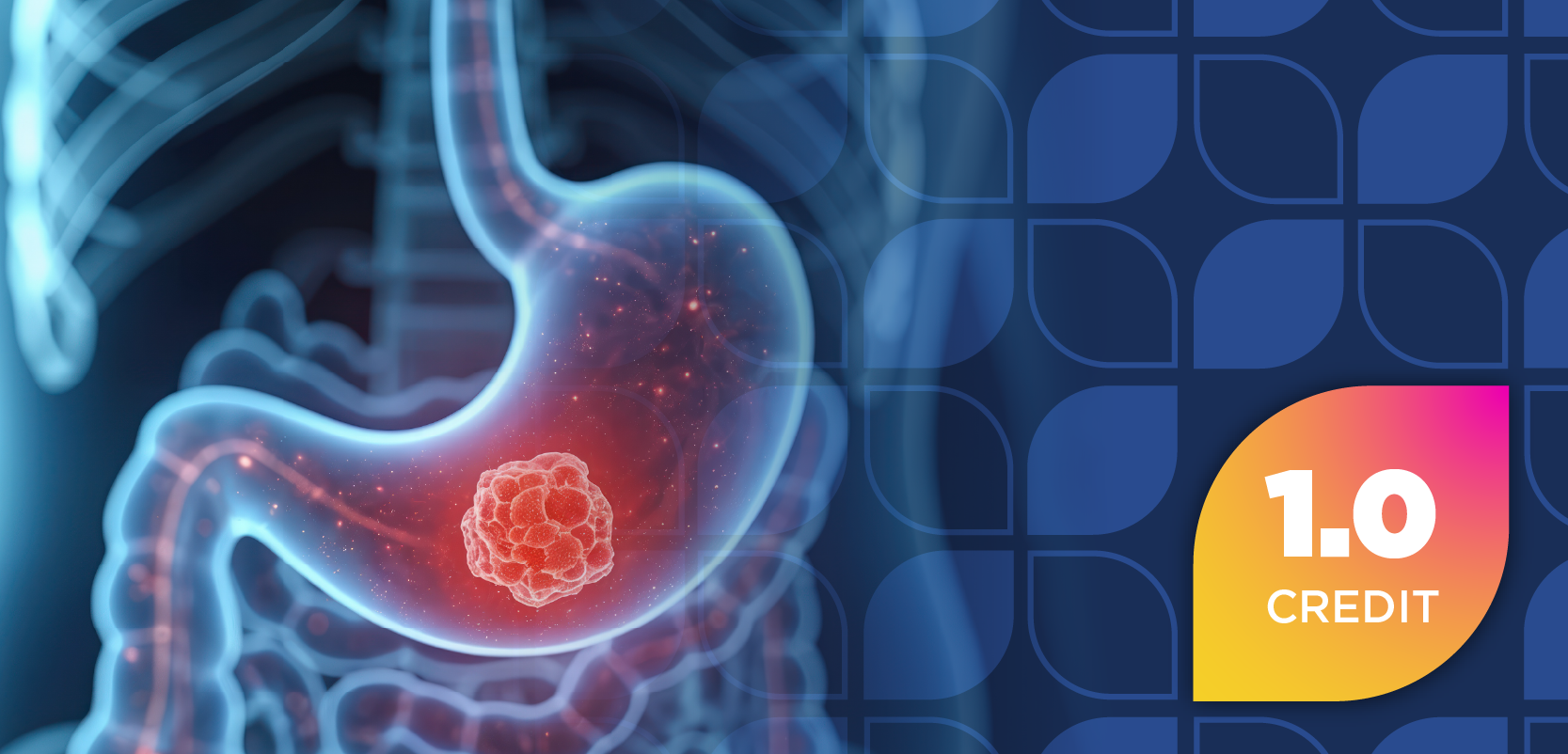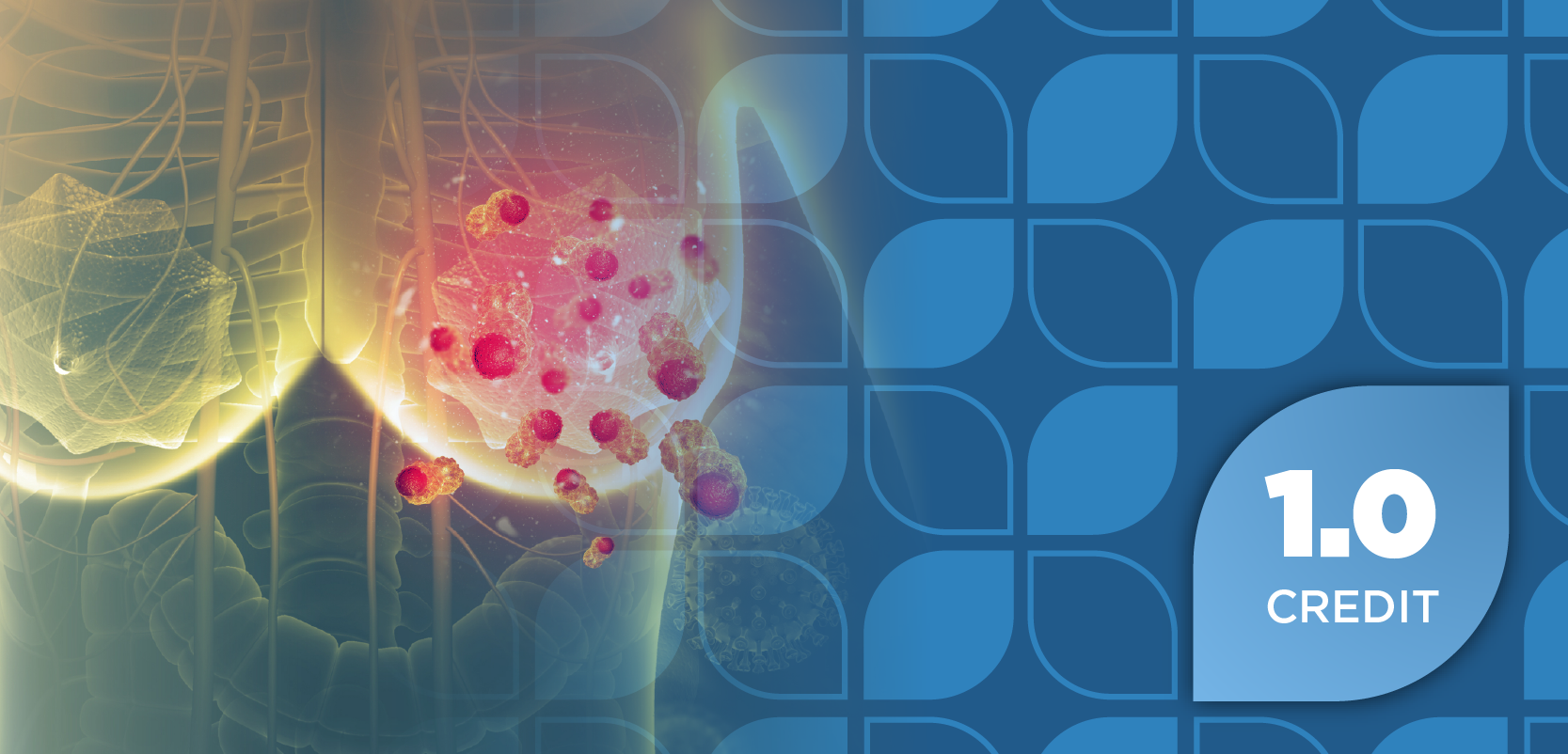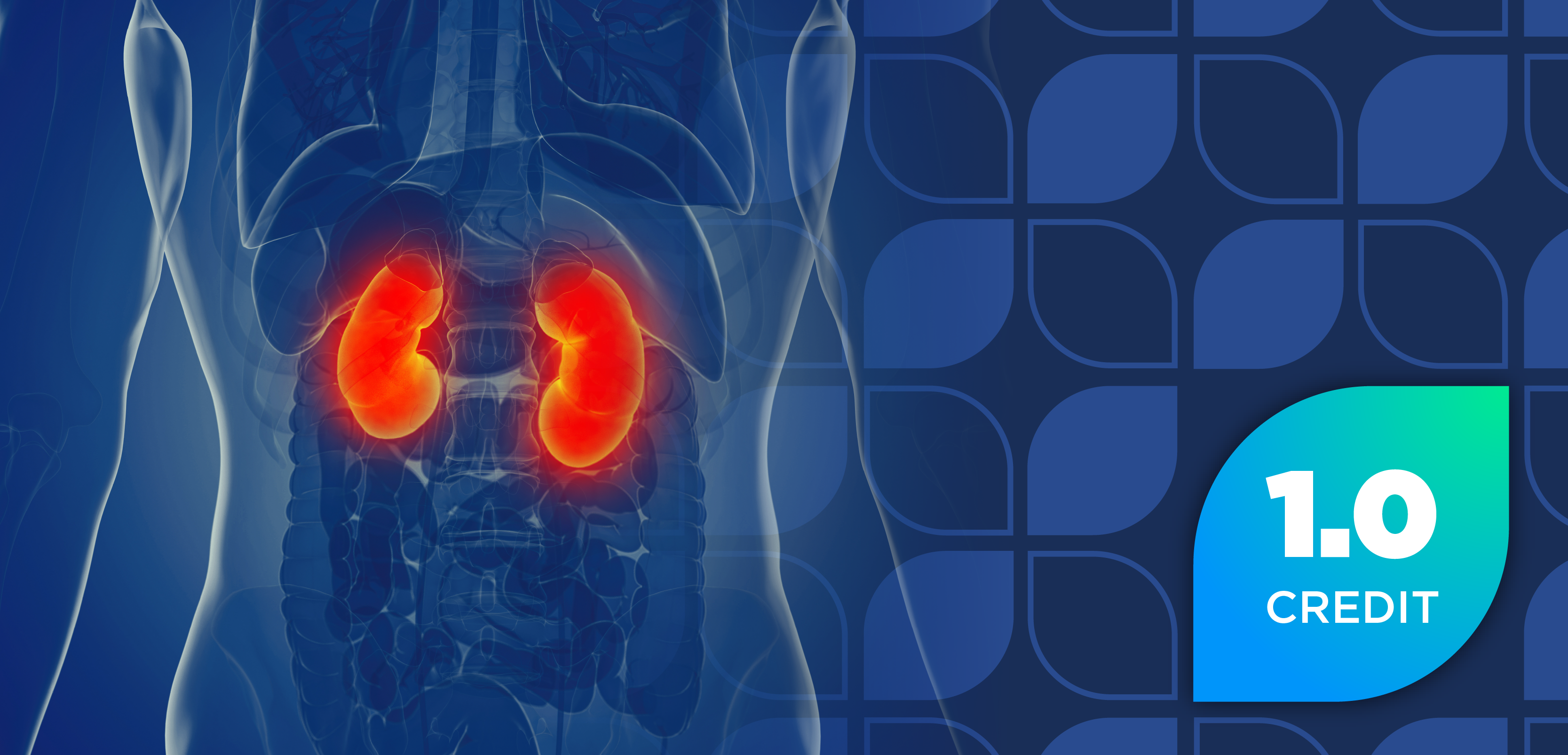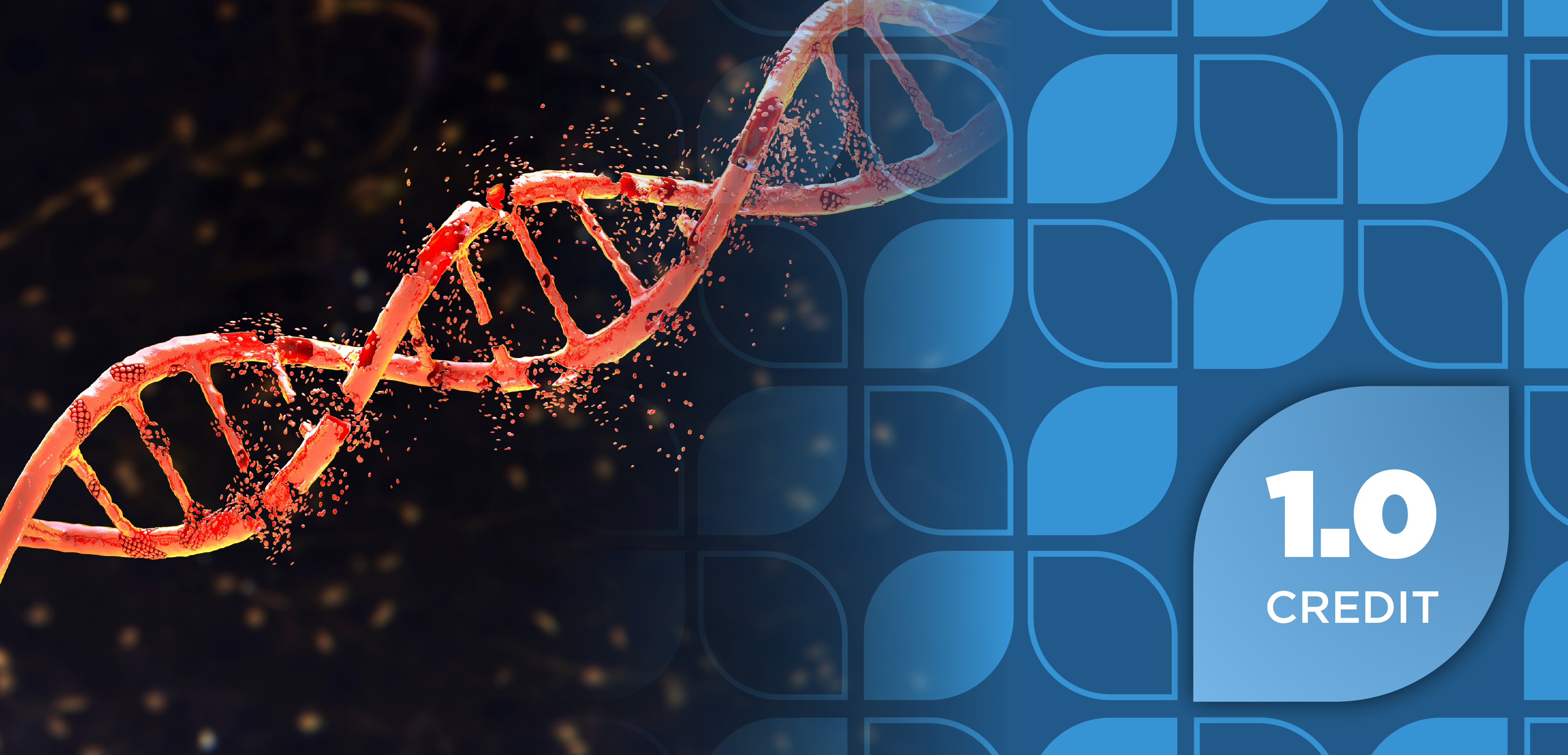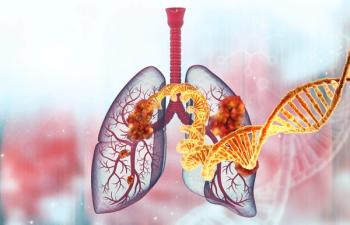
Pharmacists’ Knowledge Gaps on Kratom: Building Competence for Patient Counseling
Key Takeaways
- Kratom's popularity in the US is rising, but pharmacists often lack the knowledge to discuss its effects and interactions.
- Mitragynine and 7-hydroxymitragynine are key alkaloids in kratom, acting on mu-opioid receptors with potential benefits for pain and withdrawal.
Pharmacists explore kratom's potential benefits and risks, emphasizing the need for education on its effects, safety, and patient guidance.
Kratom (Mitragyna speciosa), a botanical substance from Southeast Asia, is growing in popularity and use in the United States. It is an oral stimulant commonly sold in gas stations, smoke shops, and online stores that elicits opioid-like effects but is associated with significant adverse health effects. As use increases, pharmacists may encounter patients with questions about using kratom for pain, energy, mood, or to ease withdrawal. However, data from a survey suggests that many pharmacists feel unprepared to talk about kratom's benefits, risks, and potential drug interactions.
A cross-sectional survey in Alabama found that out of 257 pharmacists, only about half knew about kratom. Only 14% reported feeling they knew a lot about it, and even fewer knew if it was legal in their state.1 This lack of knowledge limits their ability to provide comprehensive guidance, especially concerning drug-herb interactions.
Kratom’s pharmacological activity is mainly attributed to its alkaloid content, in particular, mitragynine and its stronger form, 7-hydroxymitragynine (7-OH). These act as partial agonists and mu-opioid receptors. Although 7-OH is most powerful at the mu-opioid receptor, studies show it may not slow breathing as much as other opioids do. Some research suggests it may help with pain, lift mood, lessen swelling, and help with opioid withdrawal. Mitragynine has been studied for its milder opioid effect and may help with pain without the same level of sedation seen with other opioids.2
These results suggest kratom could be useful, particularly for pain and addiction issues. However, experts stress that these benefits are not proven in large, well-controlled trials. Additionally, creating a standardized kratom product with consistent and verified levels of mitragynine and 7-OH is difficult due to natural variations in the plants' chemical composition and the absence of uniform manufacturing regulations.3
There are various risks associated with kratom. The FDA highlights dangers, including liver damage, seizures, heart complications, and addiction risks. Concerns such as potential medication interactions and highly potent extracts add to these risks.4,5
Pharmacists should be thoughtful when offering patients guidance or medication counseling, providing comprehensive, medically supported data while acknowledging patient-reported effects. Pharmacists should ask patients about their reason for using kratom and try to identify the dosage, duration, and where the patient acquired the product. They should also screen for evidence of adverse effects, overuse, or withdrawal signs.
Patients should understand that although kratom shows promise in tests, it is not currently approved for medical use, and its strength and purity can vary.2,3 Attention to potential drug interactions is essential, especially with certain depressants and drugs that need precise dosing.4,5 Pharmacists should also help provide patients with reliable resources to help reduce risk. Finally, they can suggest ways to lower risks, like using reputable, tested sources and avoiding the use of kratom in combination with other prescription or OTC medications that may cause harmful reactions.3
Kratom's active parts, including mitragynine and 7-OH, may explain why some patients find it helpful. Without set doses, large clinical studies, or established regulations, pharmacists must guide patients to make safe, well-informed choices. The Alabama study shows pharmacists want to learn more about kratom, its effects, and safety, so they can better serve the patients in their communities as this substance increases in popularity.
REFERENCES
- Penzak SR, Durham SH, Phillippe HM, Fox BI. Knowledge of Kratom among Alabama Pharmacists. Pharmacy (Basel). 2023;12(1):6. Published 2023 Dec 30. doi:10.3390/pharmacy12010006
- Swogger MT, Smith KE, Garcia-Romeu A, et al. Understanding Kratom Use: A Guide for Healthcare Providers. Frontiers in Pharmacology. 2022;13. doi:10.3389/fphar.2022.801855
- FDA and Kratom. U.S. Food and Drug Administration. Published 2019.
https://www.fda.gov/news-events/public-health-focus/fda-and-kratom - Li X, Ndungu P, Taneja S, et al. An evaluation of adverse drug reactions and outcomes attributed to kratom in the US Food and Drug Administration Adverse Event Reporting System from January 2004 through September 2021. Clinical and Translational Science. 2023;16(6):1002-1011. doi:10.1111/cts.13505
- Tanna RS, Cech NB, Oberlies NH, Rettie AE, Thummel KE, Paine MF. Translating Kratom-Drug Interactions: From Bedside to Bench and Back. Drug Metab Dispos. 2023;51(8):923-935. doi:10.1124/dmd.122.001005
Newsletter
Stay informed on drug updates, treatment guidelines, and pharmacy practice trends—subscribe to Pharmacy Times for weekly clinical insights.








































